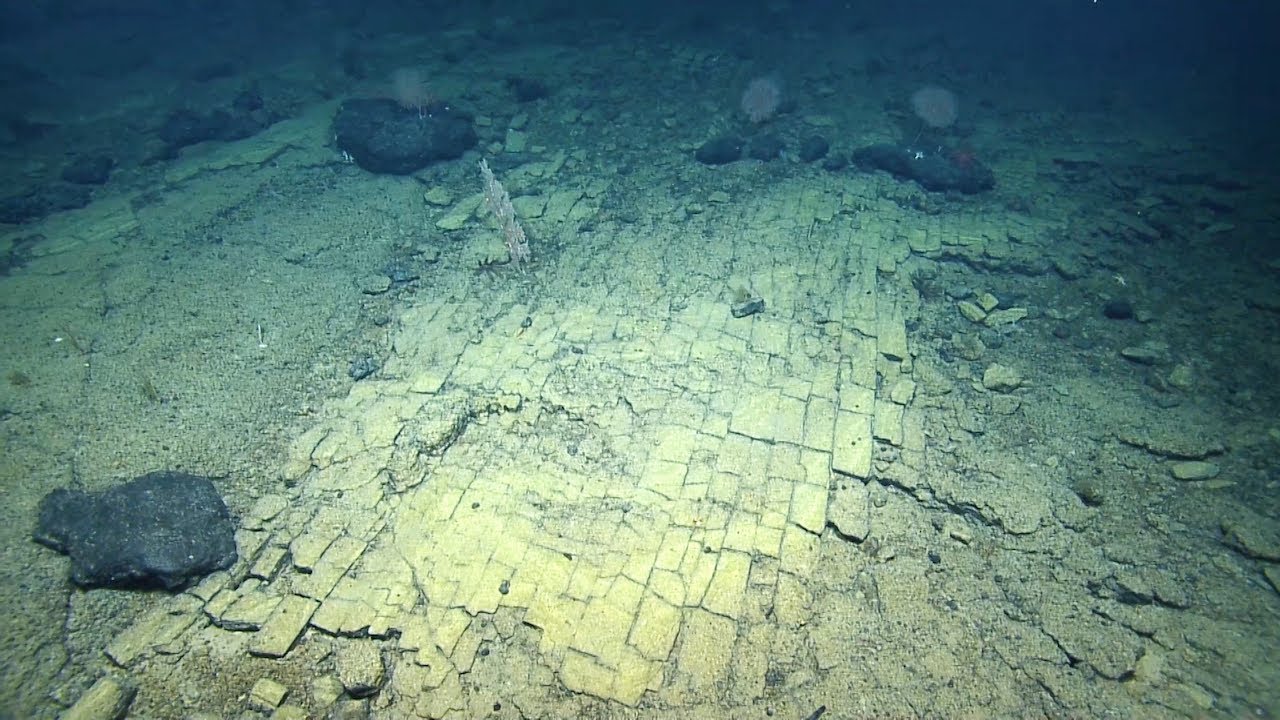The James Webb Telescope (named after former NASA administrator James Webb) is set to launch sometime in 2018 and is expected to give a whole new perspective on our understanding of the creation of the universe, black holes and identifying life on other planets.
The new telescope is often thought of as a replacement to the current Hubble space telescope but it’s more like a successor, doing a few things that Hubble could not. The Hubble telescope has given us more than we could ask with some of the most amazing graphic images of our universe. What the Hubble does not have, though, is the infrared needed for looking into the deep areas universe.
While the Hubble views the universe primarily in optical and ultra-violet wavelengths, the infrared will give astronomers the ability to determine if a planet has an atmosphere and even determine if it’s capable of supporting life. Another major improvement of the James Webb compared to the Hubble is the wavelength measurement, which will range from 0.6 to 28 micrometers, a huge range improvement compared to the Hubble’s 0.8 to 2.5. This will allow a whole new wavelength of light to be recorded.
It’s still 4 years from completion but the quality of this high powered telescope will be well worth the wait for any astronomer trying to look at the stars from all angles possible.






